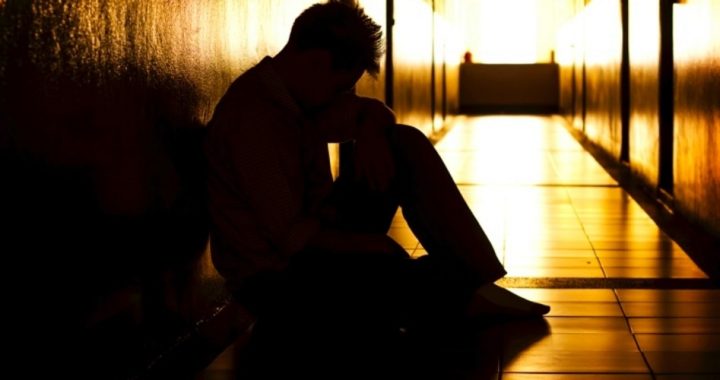
What makes a strong economy? For the past several years, the establishment media has sought to persuade Americans that the American economy is on the mend, that sky-high unemployment, tanking stocks, and an imploding real estate market triggered by the Great Recession are all returning to their former vigor. Indeed, unemployment is now reported at just a hair over five percent, while both stocks and real estate have rebounded.
But in reality, the economic recovery, if such it can be called with any justification, has been little more than a pause in a secular downward trajectory. In absolute numerical terms, major stock indexes have registered new highs in recent months, while real estate sales have begun to climb once again. But adjusted for inflation, stocks have not returned to their pre-2001 highs, and in percentage terms, market growth has been miniscule compared to what it was in the ‘80s and ‘90s. Interest rates are still near zero, taking away all incentives for saving. And as for those rosy employment figures that the Obama administration loves to tout — the true condition of American jobs is worse than at any time in decades.
Conveniently left out of the employment picture are tens of millions of Americans who are chronically unemployed, i.e., jobless and no longer seeking employment. According to Labor Department statistics released just before the Labor Day weekend, the number of Americans not in the labor force in August was 94,031,000 (261,000 more than in July), and the labor force participation rate remained mired at 62.6 percent for the third month in a row — the lowest it’s been in 38 years. In concrete terms, the total number of people 16 years old or older, who are not in the military or institutionalized (the “noninstitutional population”), reached 251,096,000 in August. Of that total, only 157,065,000 actively participated in the labor force, either by working or looking for employment. The last time the labor participation rate was lower was October 1977; in 1948, the first year labor participation was measured, the rate was 88.7 (for men; women, for obvious social and legal reasons, had a much lower rate, but one that climbed steadily to above 60 percent by the beginning of the Obama era.
Another interesting takeaway from last week’s Labor Department report is the continuing rise in involuntary part-time employment, i.e., in workers who have seen their full-time hours slashed because of the weak economy.
Overall, then, America now has more unemployed and underemployed people than ever before. This is certainly true in absolute numerical terms, but it may well also be true in percentage terms, because the chronically unemployed (those without work who are deemed to no longer be seeking employment) are no longer counted in the government’s official unemployment figures, as they were in decades past. In real terms, the number of employable adults (able-bodied men in particular) who are out of work is much, much higher than the current official unemployment figure (5.1 percent) would suggest.
The gloomy truth is that the American economy has not recovered; years of pointless tax hikes and stimulus-related increases in government spending, as well as smothering new controls on virtually every productive sector of the economy, have more than offset the benefits of any new economic growth.
As we move into the final quarter of 2015, eight years after the onset of the Great Recession, the economy remains in tatters. Unemployment — by whatever name statisticians choose to call it — is rampant, the commodities markets are in free-fall, the stock markets are hanging by a thread, and national optimism and confidence have seldom been lower.
The only sector in robust health (for the moment) is, of course, the federal government, fattened by revenues from new tax hikes and the money spigots at the Federal Reserve, and empowered by massive new Obama-era government programs and legislation, from ObamaCare to Dodd-Frank.
The recipe for changing America’s downward economic path is reining in government spending and drastically reducing the size and cost of the federal government. That, of course, would involve dislodging the hundreds of thousands of government bureaucrats who run the bloated American welfare-warfare state, who will cling with the tenacity of limpets to their salaries and benefits. But unless this course is taken soon, the American economy will collapse entirely, and chronic unemployment will become the least of our worries.



